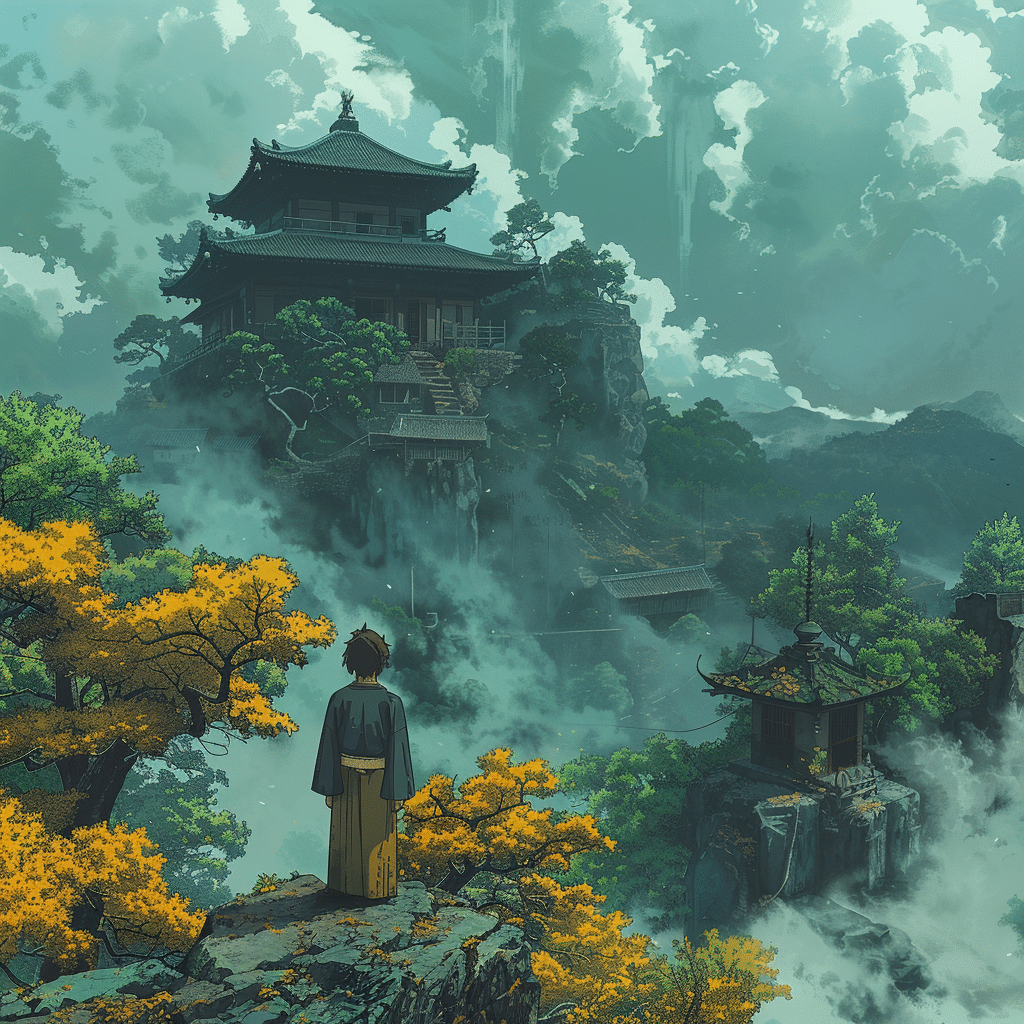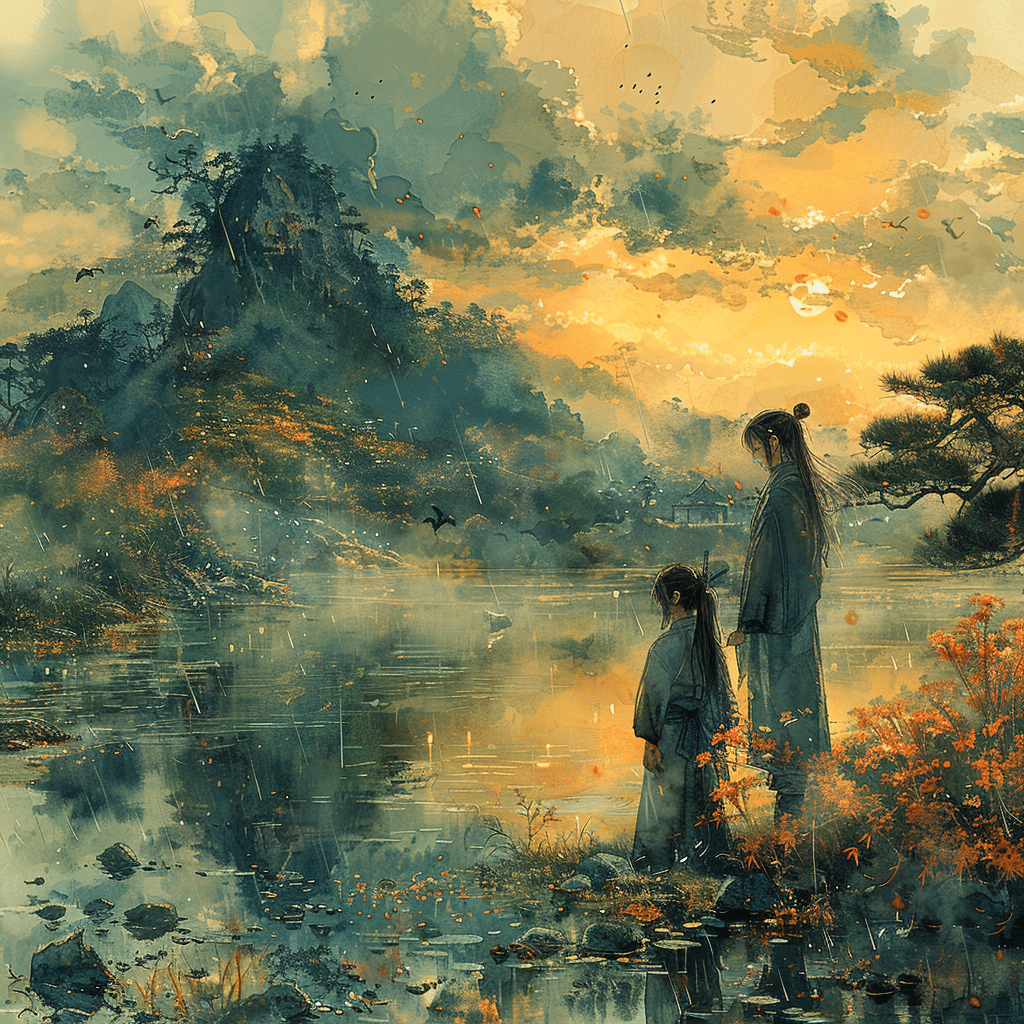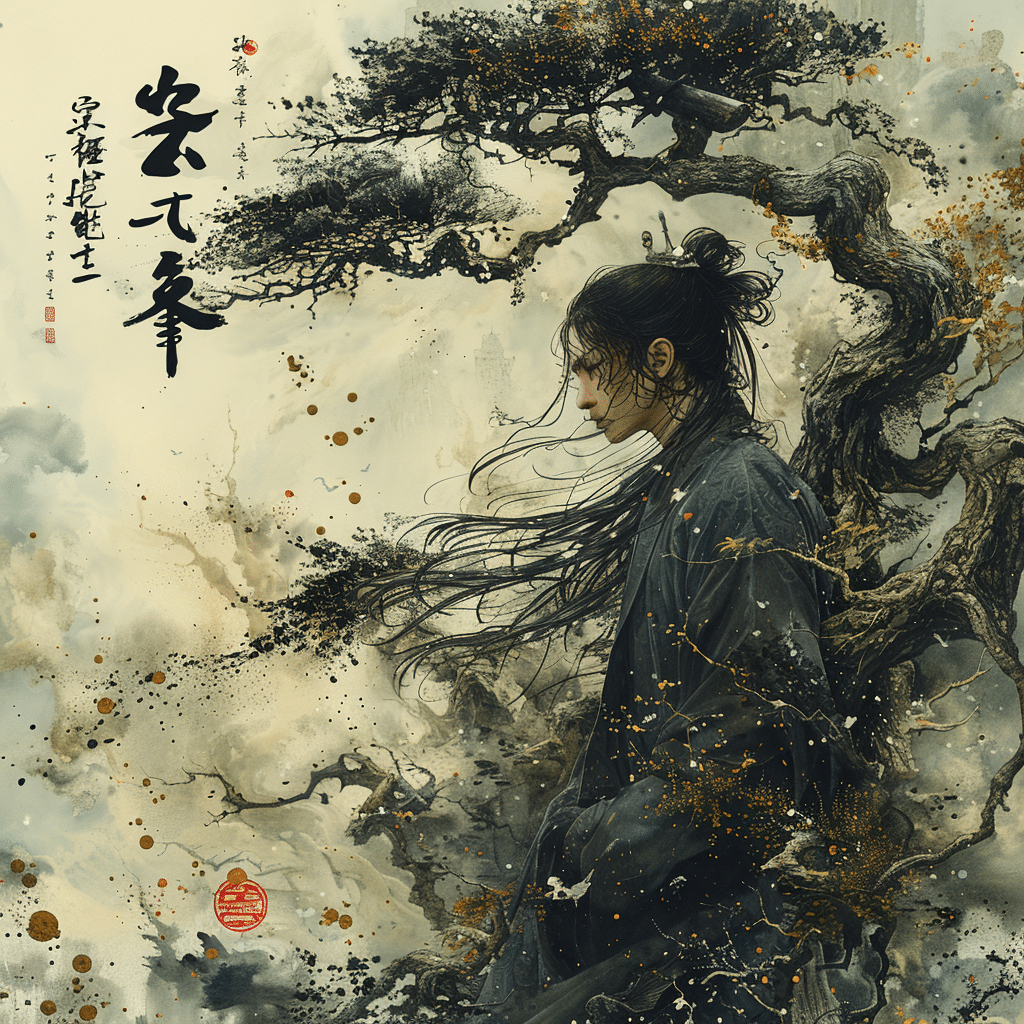Anime and manga enthusiasts, brace yourselves for an insightful dive into the wonderfully peculiar world of “Mujaki no Rakuen” (Paradise of Innocence). Serialized in Hakusensha’s Young Animal Arashi from 2010 until 2017, this work by Uran has danced on the thin line between artistic ambition and controversy. It’s one roller coaster of a manga that tickles the senses while pressing on some sensitive moral buttons. So, let’s explore what makes this series so buzzworthy!
Diving into the World of Mujaki no Rakuen: A Candid Manga Synopsis
Journey back to childhood—a time that’s a stew of cringy moments and sweet memories. That’s where “Mujaki no Rakuen” sets its stage, giving us a story that swings like a pendulum between innocent playfulness and not-so-innocent scenarios. The main chess piece in this game is Shouta Handa, a down-on-his-luck-but-oh-so-relatable adult, who is mysteriously swept back in time into his grade-school self. Talk about a blast from the past, right?
Shouta’s sudden plunge into his kiddie shoes isn’t only for kicks. It’s a chance to face the moments that shaped him—a series of flashbacks laced with humor and the odd blush-worthy situation. Uran seems to be playing with fire here, stirring up a concoction that makes us question whether we’re allowed to giggle or if we should be squirming instead.
The narrative pirouettes around Shouta’s interactions with his childlike but surprisingly well-developed friends (in character, of course). The structure pushes us to reflect on the protagonist’s journey, with rippling themes of longing for simpler times tangled with the tricky taboo of adult desires encased in a youthful frame.

Artistry in Illustrations: The Visual Charm of Mujaki no Rakuen
Uran’s pencil waltzes on the pages, crafting a world with artwork so rich it almost feels like you can touch it. From the sun’s glint in the characters’ hair to the rush of wind felt through their running—they all sweep the reader into a vivid experience. The visual storytelling in “Mujaki no Rakuen” is a feast for the eyes, a sensory overload that blends perfectly with the plot’s delicate threads.
Characters leap off the pages, each with a design that holds a mirror to their personality. Shouta, with his mix of befuddled expressions and timid stance, attracts empathy like moths to a flame. Fans and critics alike have tossed their two cents into the ring, voicing admiration for the detailed environments and personas Uran has dreamed up.
| **Attribute** | **Details** |
|---|---|
| Title (English) | Paradise of Innocence |
| Title (Japanese) | 無邪気の楽園 (Mujaki no Rakuen) |
| Genre | Ecchi, Harem, Romance, Seinen |
| Written by | Uran |
| Illustrated by | Uran |
| Serialization | Hakusensha’s Young Animal Arashi |
| Original Run | April 2010 – September 2017 |
| Volumes | Information on the number of volumes can be added if known. |
| Plot Synopsis | A 25-year-old NEET gets the chance to relive his high school years after a certain incident. |
| Target Audience | Seinen (adult men, particularly those 18 and older) |
| Notable Features | – Time-slip element |
| – Commentary on nostalgia and adulthood | |
| – Ecchi and comedic themes | |
| Controversy/Criticism | The series is known for its provocative themes and content, which might not be suitable for all audiences. |
Unpacking the Controversy: The Ethical Dilemma in Mujaki no Rakuen
Oh boy, did this manga stir the pot! “Mujaki no Rakuen” found itself swimming in hot water for its age-inappropriate scenarios and how it tiptoes around, and sometimes over, boundaries. The heart of the issue lies in the portrayal of young characters in contexts that many feel should be strictly adult domain.
Cultural reception varies widely, with some praising the boldness while others wave red flags of caution. It feels like stepping on a tightrope, as readers’ own benchmarks of what’s tasteful clash against the comic’s narrative choices. It’s a discussion about where the line in the sand is drawn—leading us, readers, down a path where we’re reflecting on the alienation definition of innocence itself.

Mujaki no Rakuen’s Storytelling Mechanics: Beyond the Innocent Facade
Now, don’t think for a second that “Mujaki no Rakuen” is all about pushing buttons. This manga digs deep, folks! Uran has a knack for exploring the wrinkles of nostalgia and the wistful yearning for the freedom of yesteryears. The use of flashbacks isn’t just a narrative gimmick; it’s a portal for Shouta, and thus the readers, to confront the treasured and not-so-glorious sides of growing up.
As characters tango through their arcs, we get glimmers of connection and growth that bedazzle onlookers. “Mujaki no Rakuen” wields its narrative devices with the finesse of a skilled conductor, orchestrating an experience that sways from laughter to self-reflection. It’s a stand-out in the ecchi genre, crafting a story that’s just as much about finding oneself as it is about the eyebrow-raising shenanigans.
Mujaki no Rakuen Across the Media: From Print to Screen
Hold onto your hats, because “Mujaki no Rakuen” also made the leap from the (look Movies of the manga world to the hustle and bustle of anime town. The transition always brings changes, whether they be shifts in pacing, characterization depth, or a tweak here and there to fit those current average mortgage rates of screen time.
Anime buffs often dissect these adaptations like a breakfast at Tiffany’s cast party, nit-picking nuances that may have been lost or gained in translation. How did the anime uphold the integrity of its source material? Did those little edits serve the story or merely bow to the gods of censorship? These questions make for one heated debate!
Fostering Discussion: What Mujaki no Rakuen Teaches About Modern Society
Alright, truth bomb time: “Mujaki no Rakuen” slaps the table with some hefty societal and philosophical questions. What does it reveal about our understanding of childhood, memory, and the desires we carry? Fans have put their thinking caps on, brewing theories and discussions thicker than a Naruto jacket at a cosplay convention.
Reflecting on this narrative offers a prismatic view of how age and innocence are perceived across different plains of modern society. It challenges us to reconsider our preconceived notions and, perhaps, learn a thing or two about the tensions between our inner child and the adult we become.
The Impact of Mujaki no Rakuen on the Manga Community and Criticism
Uran’s creation stirred the pot, sending ripples through the manga pond, with reflections on how “Mujaki no Rakuen” tapped into the collective consciousness of its readership. It’s been a polarizing force, yielding factions of fans who are diehards to those who are unyielding critics, sketching a spectrum of standpoints sharper than a lost childhood toy rediscovered.
This series didn’t just tiptoe into the scene; it cartwheeled, challenging norms and sparking conversations about where the manga community draws its lines. Irrespective of which camp one settles into—fan or critic—the discourse surrounding “Mujaki no Rakuen” exhibits the manga world’s ability to inspire dialogue and challenge its own conventions.
Reflecting on Mujaki no Rakuen’s Journey Through Innocence and Controversy
As we pull the curtains on our exploration of “Mujaki no Rakuen,” it’s evident that this manga is a seesaw of artistic finesse and contentious issues. The critical gaze reveals a narrative rich with introspection and moments that yank at the heartstrings or raise the eyebrows. It’s a complex tapestry that invites you to look closer, to unravel the threads of Shouta’s wonder-filled yet provocative journey.
As for its legacy, Uran’s work firmly etches itself into the annals of anime and manga culture. It is a siren’s call for readers and viewers alike to engage with the story’s layers and the craftsmanship behind them. And with each discussion, with each opinion formed, “Mujaki no Rakuen” continues to catalyze a discourse that goes beyond mere looks—prodding us to question, reflect, and, perhaps, understand a bit more about the multilayered intricacies of innocence, desire, and growth.
Ready to journey through more tales of love and innocence? Take a walk through My Happy Marriage vol 1 Light Novel or spice things up with Nana To Kaoru, and unveil the vast universe of emotions these narratives have to offer. Until our next animated adventure, Toon World fans—keep those pages turning and let your imaginations soar!
Fun Facts and Trivia: Dive into the World of Mujaki no Rakuen
Oh, the Irony!
Believe it or not, the seemingly innocuous world of “Mujaki no Rakuen” is more nuanced than one might expect from a glance. You’d think you’re just jumping into another run-of-the-mill ecchi romp, but hold onto your hats – we’re about to peel back some layers here. As idyllic as the title suggests, the paradise presented in the manga bears a contrasting resemblance to the challenges real people face – much like trying out that buzzy weight loss ice hack when dealing with the trials of shedding a few pounds. Quite the juxtaposition, isn’t it?
The main character, Shouta Handa, is quite the foil to the suaveness one might see in the “Breakfast at Tiffany’s” cast, stumbling his way through the perils of adulthood backwards into his childhood world. As he navigates this bizarre twilight of his youth and adult life, readers find themselves vicariously reliving the blushes and missteps of their formative years.
A Nostalgic Throwback or a Blast from the Past?
Sure, “Mujaki no Rakuen” dips its toes into the waters of nostalgia, but don’t be fooled – these waves pack more of a punch than one might anticipate. It’s a roller coaster that unexpectedly jolts you back to a time of innocent crushes, where the stakes were as high as deciding what to scribble in your classmate’s yearbook. But let’s just say, Shouta’s experiences dwarf our ‘check yes or no’ paper notes by a long shot. Who knew a trip down memory lane could be both so sweet and eye-opening?

What is the name of Mujaki no Rakuen?
Paradise of Innocence is what you’re looking for when it comes to Mujaki no Rakuen.
What is the other name for Hotarubi no Mori e?
Into the Forest of Fireflies’ Light is what folks call Hotarubi no Mori e in English.
What is the English name for Tsubasa no Hotaru?
Tsubasa no Hotaru is known as Firefly’s Light in the English translation.





















